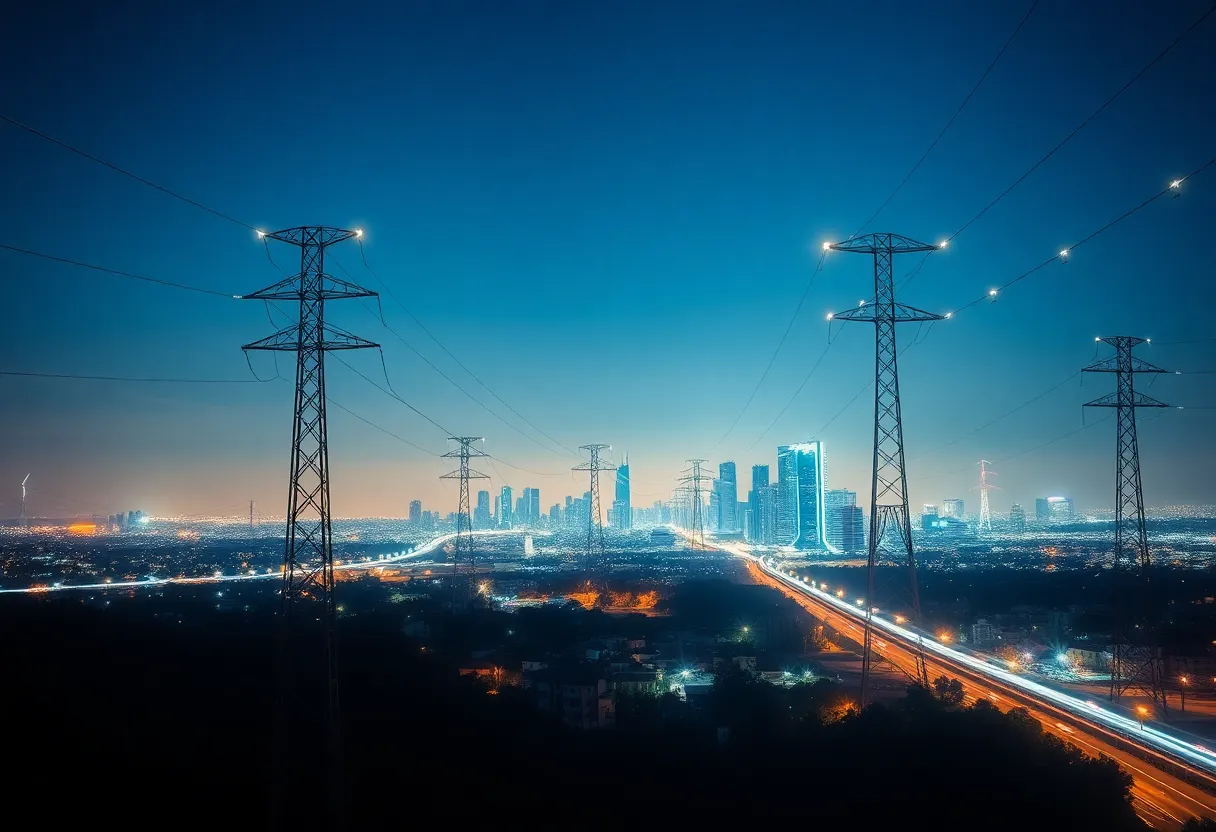News Summary
The New York Power Authority has opted not to take over the Clean Path transmission project due to escalating costs and an unnecessary assessment by the Public Service Commission. Initially intended to transport renewable energy to New York City, the project faced significant budget hurdles. Legislative responses are emerging, including a protest measure against federal immigration policies. Meanwhile, discussions on other energy initiatives, such as the NESE pipeline project, continue amid regulatory challenges and rising costs affecting consumers.
New York—The New York Power Authority (NYPA) has decided against taking over the Clean Path transmission project due to escalating costs and the cancellation of its existing state contract. This decision comes after the New York Public Service Commission determined that the Clean Path project, originally designed to transport renewable wind and solar energy to New York City, is not necessary in the immediate future.
The Clean Path transmission line was initially proposed to connect renewable energy sources from Delaware County to New York City, with an estimated budget exceeding $5 billion. NYPA had aimed to play a vital role in advancing this clean energy initiative but was met with cost challenges that led to this recent decision.
NYPA’s spokesperson expressed disappointment regarding the outcome but emphasized the Authority’s commitment to modernizing the state’s transmission infrastructure. As energy demands continue to evolve, NYPA remains focused on implementing robust systems that support clean power delivery across New York.
Meanwhile, legislative discussions have emerged, with Assemblymember Robert Carroll proposing a protest measure that would involve cutting off electricity to federal buildings in New York City. This move is in response to perceived injustices related to immigration policies of the current administration.
Additionally, opposition continues to mount against the Northeast Supply Enhancement (NESE) pipeline project, which has previously faced rejection due to concerns over its potential impact on water quality. Advocates, including lawmakers and environmental groups, have amassed over 50,000 signatures opposing the project. Recent developments suggest that the NESE project could be revived after the Trump administration lifted a halt on an associated offshore wind project, signaling a shift in regulatory landscapes.
As Governor Hochul maintains an openness to pipeline initiatives that align with state regulations, particularly those aimed at reducing energy expenses, the energy conversation in New York remains dynamic. In New Jersey, the Board of Public Utilities has granted a nine-month extension for operational deadlines pertaining to the Community Solar and Competitive Solar Incentive Program as a response to engineering study delays.
The New York Department of Transportation has faced criticism for failing to provide adequate guidance under the state’s climate law, raising concerns about compliance levels for transportation agencies moving forward. In light of the ongoing discussions, House Minority Leader Hakeem Jeffries and other congressional representatives have requested extensions on the public comment deadline for the NESE pipeline project, reflecting a growing scrutiny from government officials.
Moreover, New Jersey’s utility regulators have opted to postpone an offshore wind transmission project and have canceled the proposed 1,510-megawatt Atlantic Shores offshore wind project, citing regulatory uncertainties as primary reasons for these changes.
Concerns loom around the future of the Indian Point nuclear plant site, where proposals for data centers and potential small reactor installations are emerging amidst the ongoing decommissioning process. As these discussions unfold, consumer energy bills are anticipated to rise as a result of Con Edison’s proposed rate hikes—expected to significantly increase average household costs.
Additionally, a troubling trend has been observed with rising disconnections by utility companies in New York amid soaring energy prices. This trend signals a possible crisis for low-income residents, particularly during the region’s extreme temperature fluctuations. With the landscape of energy production and distribution changing rapidly, both challenges and opportunities are ahead for New York and New Jersey as they navigate their paths towards sustainable energy futures.
Deeper Dive: News & Info About This Topic
- New York Post: Insane Energy Policies
- The Guardian: Con Edison Disconnections
- Politico: New York Lawmaker Targets Federal Power
- Spectrum Local News: National Grid Rate Hike
- New York Times: China Clean Energy Patents
- Google Search: Clean Energy Transmission in New York

Author: STAFF HERE NEW YORK WRITER
The NEW YORK STAFF WRITER represents the experienced team at HERENewYork.com, your go-to source for actionable local news and information in New York, the five boroughs, and beyond. Specializing in "news you can use," we cover essential topics like product reviews for personal and business needs, local business directories, politics, real estate trends, neighborhood insights, and state news affecting the area—with deep expertise drawn from years of dedicated reporting and strong community input, including local press releases and business updates. We deliver top reporting on high-value events such as New York Fashion Week, Macy's Thanksgiving Day Parade, and Tribeca Film Festival. Our coverage extends to key organizations like the Greater New York Chamber of Commerce and United Way of New York, plus leading businesses in finance and media that power the local economy such as JPMorgan Chase, Goldman Sachs, and Bloomberg. As part of the broader HERE network, including HEREBuffalo.com, we provide comprehensive, credible insights into New York's dynamic landscape.





